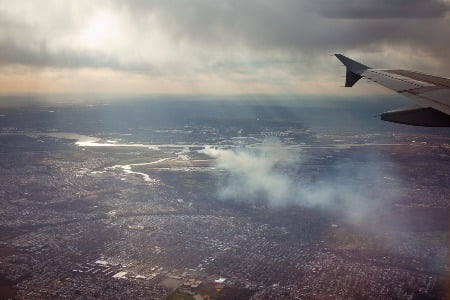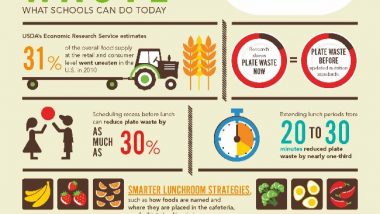New York City Landfills: For many years New York City was Notorious for Its Polluting Landfills. New York City, in simple terms its 5 districts, having a population of over 8 million and all in a location smaller sized than a lot of states presents a massive waste problem. You can simply think of how much waste is developed on an everyday basis, and be stunned.
Nowadays, recycling in New York City is obligatory, by law, and has actually been since July 1989. But, for New York City Landfills it was not always like that. In fact 30 or more years ago, New York had some terribly bad landfills with toxic waste dumped in them, that cost a lot of money to make safe.
It's difficult to think that a city as inhabited as New York City has actually constantly been, that it took up until 1881 prior to the very first sanitation collection company being formed. In 1881, the Department of Street Cleaning was created, and the New York City Police Department was no longer accountable for the waste issues.
Prior to the development of the Department of Sanitation, more than 3 quarters of all waste from the city of New York was just disposed into the ocean.
Simply a few years later on, in 1895, the initial recycling strategy was executed by Commissioner George Waring where his strategy separated home waste into 3 classifications; there was food waste, ash and rubbish.
The only classification of the 3 for these New York City Landfills, that might not be re-used was ash, and it and whatever products originated from the rubbish classification that might not be re-used were taken into land fills. Food waste, which went through a procedure of being steamed, they discovered, might be become fertiliser and grease products that were utilised to produce soap.
The classification of rubbish was gathered and re-used nevertheless possible and just as a last hope, wound up in the land fills.
New York City had actually filled to capability 6 garbage dumps by that time, and had to keep them closed from 1965 to 1991, which exposed the remaining one active notoriously badly polluting garbage dump, known as Fresh Kills on Staten Island. This remained the only city run trash-accepting garbage dump till it closed forever in 2001.
Besides the momentary end of recycling due to World War I in 1918, New York City has actually kept a constant circulation of recycling opting for more than a century and at one time ran twenty 2 incinerators and eighty 9 garbage dumps.
Recycling continues today in New York City as an obligatory action for all homeowners, schools, organizations, companies and all business services.
Zero Waste for New York – One Day?
Fast forward to today and New York has taken on the popular target to eventually stop land filling almost completely, by moving toward total recycling and diversion of all waste from landfill. It's called a “Zero Waste” policy.

It's an international movement that now counts among its adherents big U.S. cities like San Francisco, Los Angeles, Austin and Minneapolis. Most recently, New York City has taken its first steps down this road. On Earth Day 2015, Mayor de Blasio announced the city's first Zero Waste plan, an attempt to rein in the costs and risks associated with disposing of the more than 10,000 tons of discards generated each day in New York which are exported at great environmental, health and financial expense to out-of-state landfills and incinerators.
Zero Waste is a new mindset about how we use our natural resources and the pollution we create when converting these resources to products and packaging. It’s not only about diverting waste from landfills and incinerators so that resources can be reused, recycled, and composted into new materials. It’s particularly about changing our purchasing and repair habits so that we reduce the amount and toxicity of waste that we create in the first place. Changing behavior is a process and most easily done by starting with a few things and adding more as you go along. via prezi.com
NYC builds on prior long-term sustainability plans for New York City, expanding on the critical targets established under previous plans, as well as on the work of the de Blasio administration over the last 16 months. Growth, sustainability, and resiliency remain at the core of OneNYC, but with the poverty rate remaining high and income inequality continuing to grow, the de Blasio administration added equity as a guiding principle throughout the plan.

The plan recognises New York City's role and responsibilities for New York City Landfills, as a regional hub, and calls on the City's partners to work together on shared goals for building a strong region. The plan follows months of engagement with thousands of New Yorkers, across the five boroughs and including through an online survey (available in seven languages), dozens of community meetings, a phone survey, and meetings with hundreds of civic organisations and local and regional elected officials. In the coming months, the de Blasio administration will continue the conversation with residents, civic leaders, and elected officials to refine initiatives and encourage civic engagement. via www1.nyc.gov




